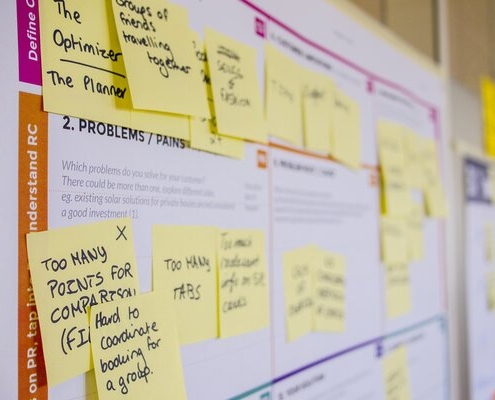Tips for Launching Projects Successfully
The fate of most projects is determined by how they’re launched. With a proper launch, the project has a good chance of succeeding. Botch it and the chance of delivering value is almost zero. Here are my top tips for nailing the project launch:
- Develop a shared understanding of the project. You and your project team might have a solid grip on the project and what it will produce. One key to project success is making sure that your sponsor, project customers, vendors, and other key stakeholders also have a common, shared view of the project, its objectives, and how you will deliver business outcomes. Communicate meticulously to all stakeholders to create this unified project understanding. Without consensus, turf wars can arise, which can compromise funding, slow the project, and are difficult to recover from.
- Define metrics and targets. One of Stephen Covey’s 7 Habits of Highly Effective People is “Begin with the end in mind.” To do that, you need to define “the end!” Before you start a project, identify the target metrics and success criteria, so everyone understands early on what success looks like. If you don’t have tools to measure results, include tasks in your project plan to create those tools. Get consensus up front on how those tools will work, where the data comes from, and how the metrics will be calculated. Disagreement over measuring success not only kills projects, but does so at a very inopportune time — late in the project lifecycle.
- Identify the skills required to deliver the project and how you will acquire them. A project team with the correct skills significantly increases your chance of project success. Many projects suffer from underestimating the challenge new techniques and technology present to project teams. People think “we’ll figure it out” or “our internal staff can learn.” That may be so, but you need to validate those assumptions early on. Work with your team to determine what they can and can’t learn. If using internal team members is impractical, include the availability and cost of consultants/contractors in your estimates.
- Touch base with powerful, out of scope stakeholders. Why would you work with stakeholders whose interest is out of your project’s scope? Because big issues can arise if they believe their business interests should be addressed in your project, and they find out they won’t be. Communicate with these would-be stakeholders in conjunction with your sponsor to ensure they understand their business interests are out of scope. That way, no big change requests land in your lap, creating tension and complexity in your project.
Do you have tips for launching projects that have helped you achieve project success?
For more about project launches, check out my Project Management Foundations course.










